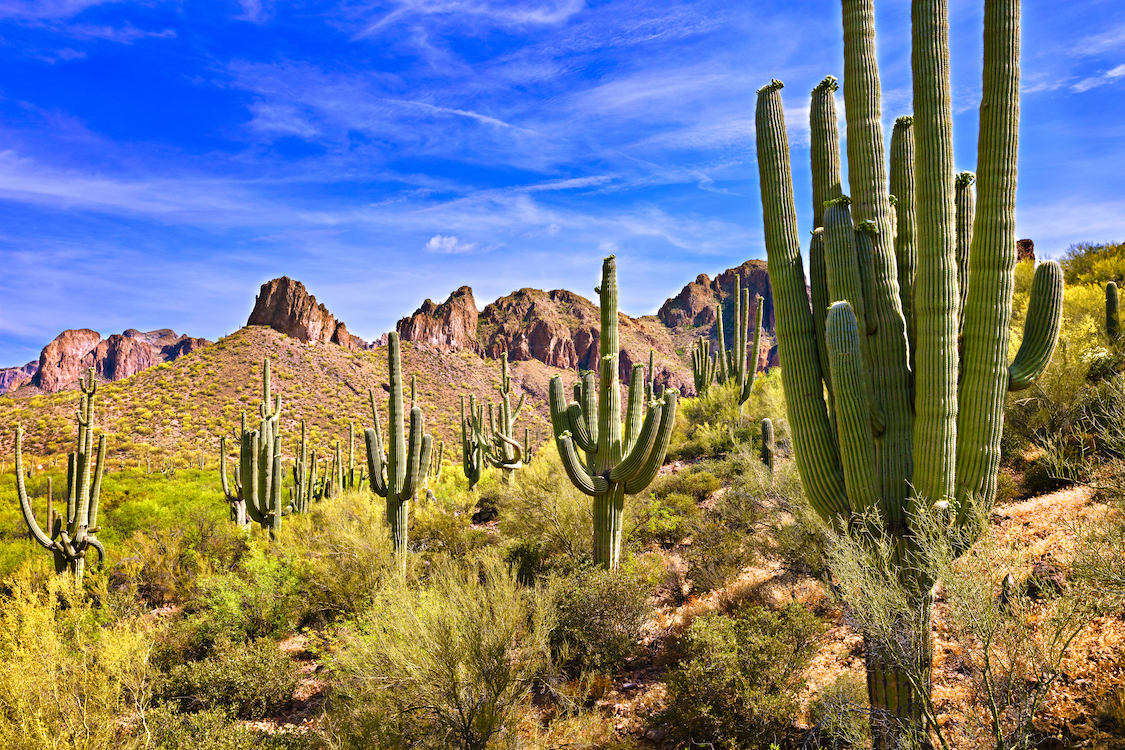
Practical ethnobotany: the many uses of local plants
I’ve always been fascinated by ethnobotany, although as a kid, I didn’t know it by that name. In Boy Scouts, I took great pride in learning that rose hips were edible, and despite being far from the most appetizing snack, I’ll still occasionally eat one on the trail. I remember in literature class in high school reading a translation of a Native American poem about Yucca, it’s sacred nature and many uses. Yucca is a beautiful plant and it happens that I’ve lived almost all my life within the range of one species of Yucca or other. Yucca is a plant resembling an agave or an aloe vera but with thinner, pointed leaves giving it another common name: Spanish Bayonet. Long flower stalks form on yucca in the fall, decorated with large waxy, white blossoms that attract nocturnal yucca moths to help in pollination. Separate yucca species sometimes have separate species of yucca moth adapted to visit them.
The root of yucca can be cut up very fine and mixed with a little water to create suds, it’s said to be a wonderful shampoo that some swear will give you luscious locks of shiny hair. I’ve also learned to make cordage from yucca leaves, although this is a bit harder, requiring some experience in twisting ropes. The green flesh is cleaned off leaves by boiling and pounding or less thoroughly with a knife. The fibers can be then twisted to make almost any length or diameter of rope. There are pieces of yucca rope left by Anasazi people and still relatively intact in cliff dwellings after hundreds of years.
Closer to home the roots of dandelions, the yellow flowers many consider yard pests, are actually useful. Dry dandelion roots make delicious tea. The leaves and flowers of dandelions are also delicious and can make a salad a little bit prettier. A pet turtle I had once loved eating dandelions I picked in the yard or let her find herself on her wanders.
Prickly pears are edible and have been eaten in the southwestern United States and Mexico for time out of mind. You can by nopales (diced prickly pear) in many grocery stores in the US. If you want to be adventurous, don’t eat an entire plant, leave enough for it to continue to grow and be careful. Cactus pads are perilous foods and it’s easy to get a needle in the mouth. Fruits are even more delicious but also covered in fine glochids (tiny hair-like needles) that are even easier to miss. Other animals seem to have little problems eating cacti.
On hikes in the Sonoran desert, it’s easy to see bites taken from prickly pear pads by javelina and tortoises. There are also plenty of bites taken by insects. The cactus that seemed to be one of the more important in the southwestern US is also perhaps the most famous. Saguaro cactus was the center of the Tohono O’odham traditional calendar. The season for Saguaro cactus fruit was a time of celebration, a time to make wine and syrup a time of feasting in a land that was often a place of harsh famine. In the southwest, you can still find cactus seasoning everything from syrup to margaritas.
A handy trick to know on the trail is how to use aspen trees. Aspen trees are beautiful, their leaves flutter and dance and throw light and shadow in a way uniquely theirs. Aspen trees are also useful. The fine, white powder covering an aspen tree bark can be applied to exposed skin as an emergency sunblock. It’s not rated by SPF but if you have nothing else, run yourself thoroughly on an aspen tree to prevent sunburn.
Willow bark tastes horrible. Actually willow bark tastes like aspirin, which if you allow it to linger on your tongue, you’ll agree tastes horrible. The same active ingredient is in aspirin and willow bark. You can chew a small amount of willow bark to relieve a headache but it’s hard to gauge dosages in the same way you would with a controlled substance like aspirin tablets.
Plants have long been used by humans for food, medicine, shelter, clothing, tools and anything else you can think of. Interacting with plants directly for your needs or wants is a way to connect to the planet, to other species and your species history. What’s especially great is how omnipresent plants are. You can have a small herb garden in your window sill, or collect flowers from a city park. The woods, deserts, farms, orchards and even empty lots are full of plants. There are edible plant walks in New York City’s Central Park and botany classes in local community colleges. There are books and websites and videos to help anyone learn about plants. With a little bit of caution and care, anyone can identify a few edible or useful plants. There are so many more useful plants all over the world than those I discussed. There are plants better for starting fires, there are leaves useful for weaving hats, there are botanical sunburn ointments. Maybe someday, using wild plants will again become common place in North America.
—
By Zach Fitzner, Earth.com Staff Writer













